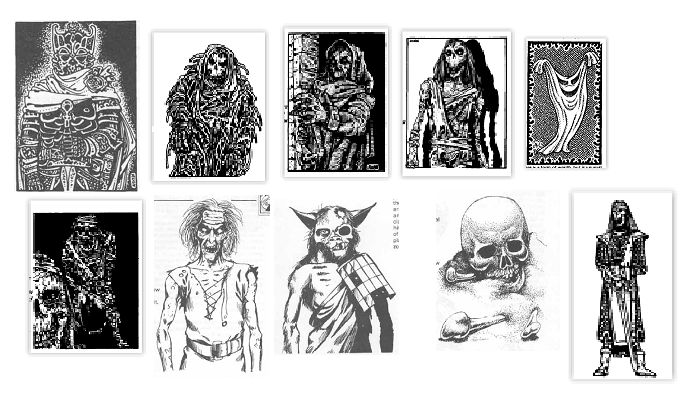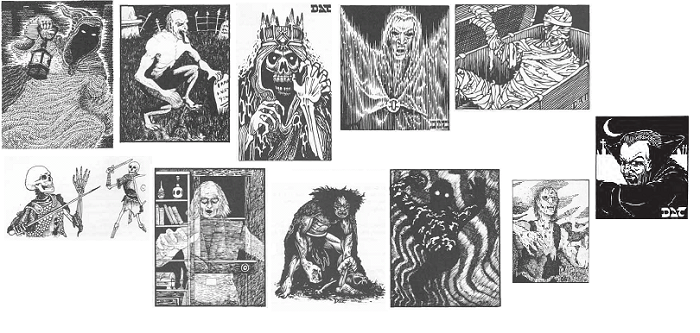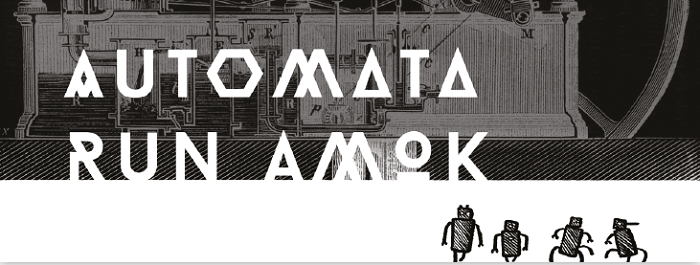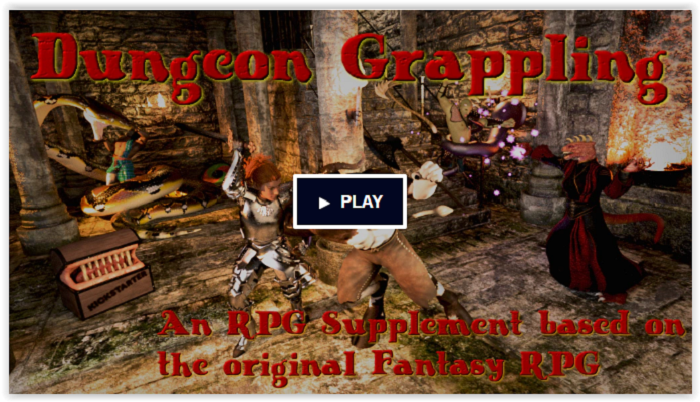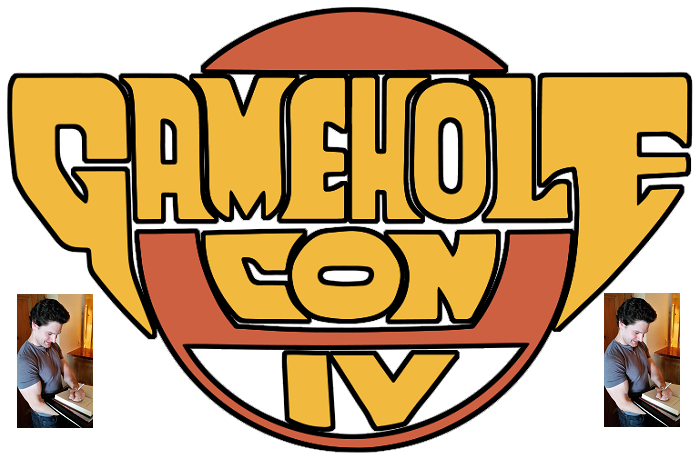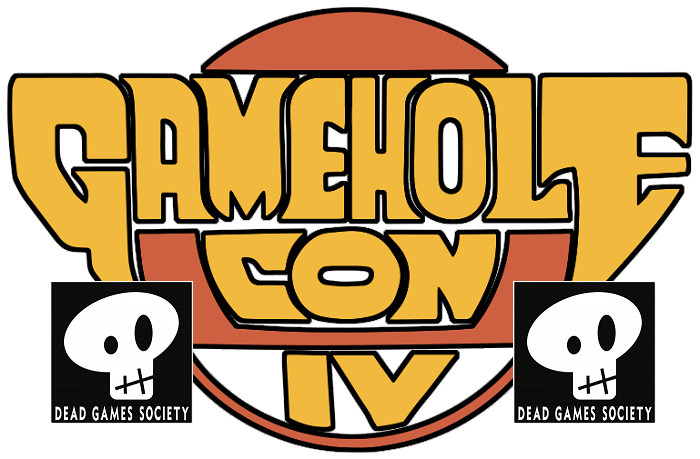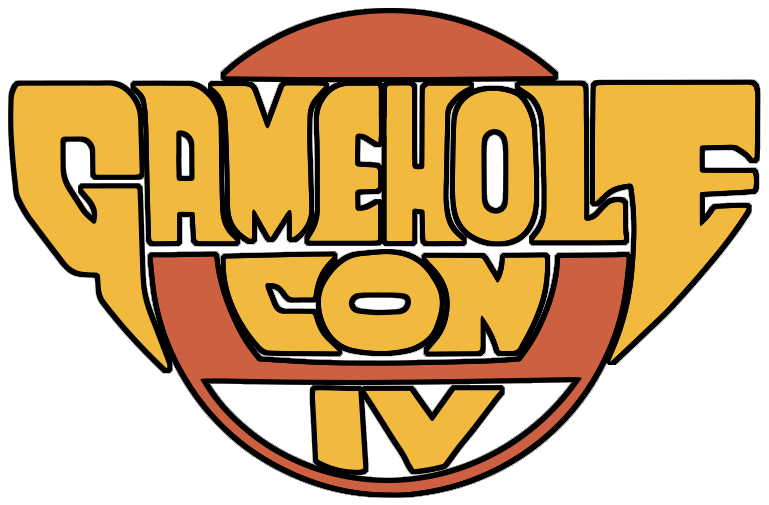This is the third part in a three part series of articles spawned by my research into undead in AD&D. [Part 1] [Part 2]
One or another of the various forms of magic circle are mentioned by name among various spells, scrolls, and decorations in the various AD&D manuals. These are all based on real world symbols used in various magic practices. Some claim to be from antiquity, some seem to be more recent inventions.
I began looking into these circles in the context of AD&D and undead, but wondered a bit why certain ones seem to be efficacious against demons, and others devils. I will touch on just enough of what Wikipedia says about these things to give context.
Pentacle does not refer to five, but is any object used as protection. It can even be a hexagram, six pointed star, or other shape. Often a talisman. Modern practitioners distinguish a pentacle as a star inside a circle, where a pentagram is a five pointed star.
Pentagram – 1 point up = good, 2 points up = bad.
Magic Circle – In mathematics: , and magic: (using salt or chalk)
Thaumaturgic Triangle – Thaumaturgy = magic or miracles. . Here’s more on the thaumaturgic triangle/circle.
Circle of Protection – see magic circle
It seems that nearly all of these symbols can be worn as amulets as jewelry or designs on clothing, or even temporary/henna tattoos, or tattoos on the skin. For the purposes of RPG’s they don’t need to be detailed, just know that they can be drawn or carved on the ground/floor.
p. 42 – Magic Circle, Pentagram, Thaumaturgic Triangle used with the spell Aerial Servant.
p. 65 – Circles of Protection interrupt, but do not dispel charm person/monster, etc.
“Magic circles of protection (spells or specially drawn) will break the communication link and seemingly cause the charm to be broken, but unless magically dispelled, or until the power of the magic wears off, the effect is again evident when the charmee is outside such protection.”
p. 117 – Magic Circle is needed to create magic user scrolls.
“Clerics must have prayed and specially sacrificed to their deity, while magic-users [and illusionists?] must have drawn a magic circle and remain uninterrupted.”
pp. 128-129 – Protection scrolls generate a magic circle (not globe) around user. The below quotes are under scrolls of protection from demons, but the next section says that scrolls of protection from devils work the same way.
“The circle of protection generated springs out-wards from the scroll reader in a 10’ radius. No demon protected against can penetrate the circle physically or magically or in any way, but the person(s) within can launch attacks, if otherwise possible, upon demons. The protection moves with the reader of the scroll.”
“Note that the protection radius is not an actual physical globe, and if the user forces a demon into a place from which further retreat is impossible (e.g., a corner), and then continues forward until the demon would be within the radius of the circle, the demon is not harmed, and the protection is considered
voluntarily broken and disappears. There is no way in which this can be used as an offensive weapon.”
p. 218 – Appendix I – Magic User Furnishings lists magic circle, pentacle, and pentagram.
p. 41 – Glyph of Warding – This goes more in depth to various types of glyphs, which can be used to guard, repel, or damage. While this is a third level cleric spell, I don’t see why other spell casters couldn’t use similar spells.
p. 47 – Third Level Cleric spell Glyph of Warding. Not a lot of specifics, have to turn to the DMG p. 41.
p. 50 6th level cleric spell Aerial Servant requires one of a Magic Circle, Pentagram, or Thaumaturgic Triangle. The cleric’s holy symbol or a religious artifact can also be used.
pp. 61 & 62 6th level druid spell, Conjure Fire Elemental. Neither concentration nor a magic circle are needed for protection/control.
p. 67 1st level MU spell Protection from Evil – “requirement of powdered iron and silver as the material components for tracing the magic circle”
p. 79 5th level MU Conjure Elemental spell. “N.B. Special protection from uncontrolled elementals is available by means of a pentacle, pentagram, thaumaturgic triangle, magic circle, or protection from evil spell.” This adds pentacle to the list of round inscriptions that provide protection.
pp. 86 & 87 7th level MU spell Cacodemon. “The spell caster must be within a circle of protection (or a thaumaturgic triangle with protection from evil) and the demon confined within a pentagram (circled pentacle) if he or she is to avoid being slain or carried off by the summoned cacodemon.”
The Description of the Ensnarement spell on p. 60 goes into detail about what the various round magical protections are used for:
- Magic Circle – (for creatures from the upper planes or the Astral Plane)
- Pentagram – (for creatures from the lower and infernal planes).
- Thaumaturgic Triangle – (for creatures from the Ethereal, Elemental, or Concordant Opposition planes)
There is also the difference between drawn and inscribed protective symbols on page 60 in the description of the magic user spell Ensnarement. A drawn circle could be smudged/distrubed. An inscribed or carved circle would need to be prepared in advance and would require a skilled craftsman to do it correctly. The benefit being that they cannot be disturbed so easily.
p. 62 – 7th level MU spell Torment has another mention of these devices.
The term glyph does not occur in it as per a search of the PDF, other than in the list of third level cleric spells.
This manual does not list any monsters.
The term pentacle does not occur in it as per a search of the PDF.
This manual does not contain the term pentacle. Nor magic circle, Nor pentagram. Nor pentacle. Nor thaumaturgic triangle. Nor glyph. Holy water is only mentioned as a spell component. No mention of Circle of Protection.
Oriental Adventure’s list of monsters does not contain the word undead, and turn is not used in relation to undead.
No mention of glyph, pentagram, or thaumaturgic triangles.
p. 16 – pentacle vs. demons.
p. 20 – magic circles vs. devils.
pp. 43 & 44 – Only ghasts & ghouls are mentioned as being kept out by circles of protection. The ghast requiring powdered cold iron.
NOTE: Cold iron is terrestrial iron, and hot iron is meteoric iron. From the Wikipedia article, it seems that steel made from cold iron counts as cold iron.
Does not contain the terms: glyph.
A pentacle is mentioned on p. 35 for conjuring greater demons.
A pentagram is mentioned on p. 27 for protection from demonkind. & p. 28 for blocking entry of demons into the material plane.
pp. 128-129 – Xag-Ya & Xag-Yi “A circle of protection (spell, magic circle, thaumaturgic triangle, or pentagram) will repulse attacks of either kind of creature.”
Magic circle – p. 44 provides protection from devils.
Holy & unholy water are mentioned as affecting some creatures from other planes, or undead.
Turn Undead is only mentioned as the ability of some creatures.
Magic Circles vs devils.
Pentacle vs. demons
Holy Water is mentioned by how it affects undead and other evil creatures, like demons.
No glyph.
No Rune.
Pentagram none mentioned.
Thaumaturgic Triangle none mentioned.
Circle of Protection none mentioned.
Manual of the planes – glyph on p. 12 or in spell lists. No magic circle. No circle of protection. No pentacle. No pentagram. No thaumaturgic triangle.
I only have a legal PDF without the Cthulhu & Melnibone mythos, and I don’t want to get out a hard copy and read right now.
Glyphs only mentioned on p. 44 as part of the word hieroglyphs in the Egyptian mythos section. pp. 50 & 51 have some hieroglyphs.
Runes mentions on p. 99 in the Norse Mythos section.
No pentacle. No magic circle. No thaumaturgic triangle. No circle of protection.
Holy/Unholy water is mentioned for creatures that are susceptible to it or for imersion of some sacrifices in it.
Pentagram is only mentioned on p. 69 as the symbol of Tyche.
Holy Water is only mentioned as a spell component and as as doing damage to undead.
Pentacle is mentioned in the cacodemon spell and as decoration in a mage’s room/tower.
Pentagram is mentioned as decoration in a mage’s room/tower.
magic circle is mentioned for the same spells in AD&D and in decoration in a mage’s room/tower.
Thaumaturgic triangle is mentioned vs. demons.
Circle of protection is mentioned as a generic term vs. demons & devils.
CONCLUSIONS
There is a disparate and scattered use of various terms across the many manuals I searched in PDF form.
All of the protective designs are basically circular/surrounding. They can also be used to contain things within them. So to simplify, I will simply use the term “magic circle” to include all of them.
If magic circles work for ghouls and ghasts and demons and devils, I would rule that they would work for other undead. Similar to the effect of a holy/unholy symbol. I would rule such circles would need to be enchanted/blessed/prayed over by a cleric of sufficient level to turn such a creature. Using an existing mechanic is always easiest.
The use of salt, powdered chalk, and cold iron filings in such circles describes the effort and care needed to draw/pour a circle.
I’m a theater of the mind player, so I don’t need all the drawing and elaborate symbols in detail. I would rule that spell casters of all classes would have to refer to books, scrolls, and communal knowledge to learn symbols, but unless the player(s) involved were feeling particularly creative/inspired, there is no need to draw anything.
Other types of creatures, such as Lycanthropes are kept somewhat at bay by wolvesbane and belladonna, such items mixed in with other ingredients and runes & glyphs could make a magic circle to protect one from Lycanthropes or keep a Lycanthrope contained to protect the person and others. Page 128 of the DMG mentions a scroll of protection from Lycanthropes. Included in the possible list of creatures such a scoll is good for is shape changers in general, such as doppelgangers, and druids of sufficient level.
Another type of creature for which there are protection scrolls are elementals. Using the existing rule metric, I would rule that magic circles would protect against elementals, but require items of that element. For example, fire for fire elementals. Another DM might rule opposite elements to contain them, so water/earth, air/fire, or whatever the DM views as opposite. I guess corn starch would be good vs. water elementals, if corn (maize) exists in your world.



